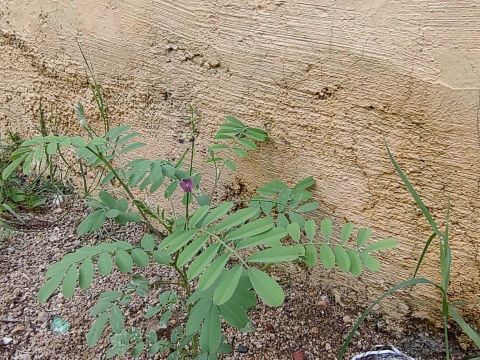Indigo as green manure
Indigo is popular globally for its usage in the dying industry. But locally a particular species of indigo has been famous among the farmers of Tindivanam town in Tamilnadu as green manure.
A plant requires certain nutrition for healthy growth. Nitrogen is one such micronutrient that helps to build proteins in plants. And also acts as important component of chlorophyll and helps in the photosynthesis process. The essential nutrients that are required for the healthy growth of plants, are incorporated naturally to soil by Pasunthal uram (green manure). Pasunthal uram is undecomposed plant used as fertilizer, that are grown before the cultivation of main crop. After 2 months, the plants are cut or ploughed over and left in the field as pasunthal uram.
One such green manure is wild indigo (Tephrosia purpurea) which is used as an agent to add thazhaichaththu (nitrogen supplement) for the soil. This species of indigo is different from the dyeing indigo, also known as French indigo (Indigofera tinctoria). The difference among the two is seen in the colour of the flower and size of the plant. Wild indigo grows only 30 cm and has purple flowers. While the french indigo grows up to 3 feet with small red flowers.
Wild indigo has been used as green manure traditionally. For the past decades, farmers started using thakka poondu, Dhaincha (Sesbania aculeata) as thazhaichaththu replacing wild indigo. As thakka poondu grows in all types of soil conditions, and as it grows up to 45cm to produce green biomass of about 25 tonnes per hectare. While the wild indigo produces only 6 – 7 tonnes per hectare of green biomass. So, the cultivation of wild indigo is on a decline.
Tindivanam
Tamil Nadu
India


